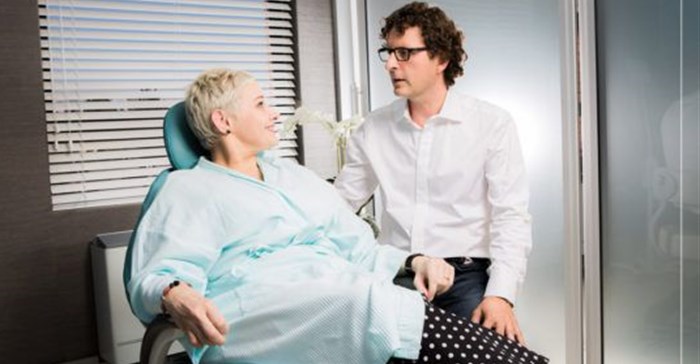Fat grafting has become a popular and versatile procedure in plastic surgery. Historically it is not entirely new, we find anecdotal reports and descriptions of fat transplantation as far back as the early 1900s. It is also known as lipofilling, fat transplantation, fat transfer or autologous fat grafting or fat injections.

Photo: frankgraewe.com
Autologous underlines the fact that the fat is transferred from one body area to another in the same individual. This is the most important aspect because tissue from our own body is biological inert and does not elicit an immune response or rejection. Therefore, immunosuppression is not necessary and it alleviates complex ethical issues commonly encountered in transplant procedures.
The indications and applications of fat grafting have increased tremendously in the past 10 years. In cosmetic surgery it is used to improve body and facial shape and volume loss, reduce wrinkles and to improve skin quality. The latter is due to the regenerative capacity of fat tissue. Recent research has shown that fat is a rich source of mesenchymal stem cells and growth factors stimulating tissue regeneration.
Breast cancer applications
In reconstructive surgery, fat is used to replenish lost volume and to reconstruct congenital or acquired contour defects. It is effective in improving skin quality and improves healing in radiated areas. In reconstruction after breast cancer surgery, fat grafting is applied to improve size and shape or small contour defects after breast cancer resection and reconstruction. Some surgeons promote fat grafting as a standalone breast reconstruction technique with multiple staged fat injections often in combination with various tissue preparation procedures.
The widespread use of fat grafting in patients with breast cancer has given rise to the important question whether this technique can be safely applied in breast cancer and whether the regenerative properties of grafted fat tissue could actually stimulate cancer growth and spread.
In theory fat grafting can stimulate cancer growth through its regenerative effect, but this could not be confirmed in human clinical studies up to now. Only one study showed an increase in local recurrence rate and this has led to a more cautious approach when patients with breast cancer are treated.
A multitude of recently published studies have looked into the effect of fat grafting on breast cancer recurrence rates since 2009 and no significant increase in breast cancer recurrence in patients that underwent autologous fat grafting could be confirmed. The careful use of fat grafting procedures in patients diagnosed with breast cancer and undergoing breast cancer treatment seems therefore safe and patients should continue with their regular and scheduled follow up examinations and investigations to rule out cancer recurrence.









































